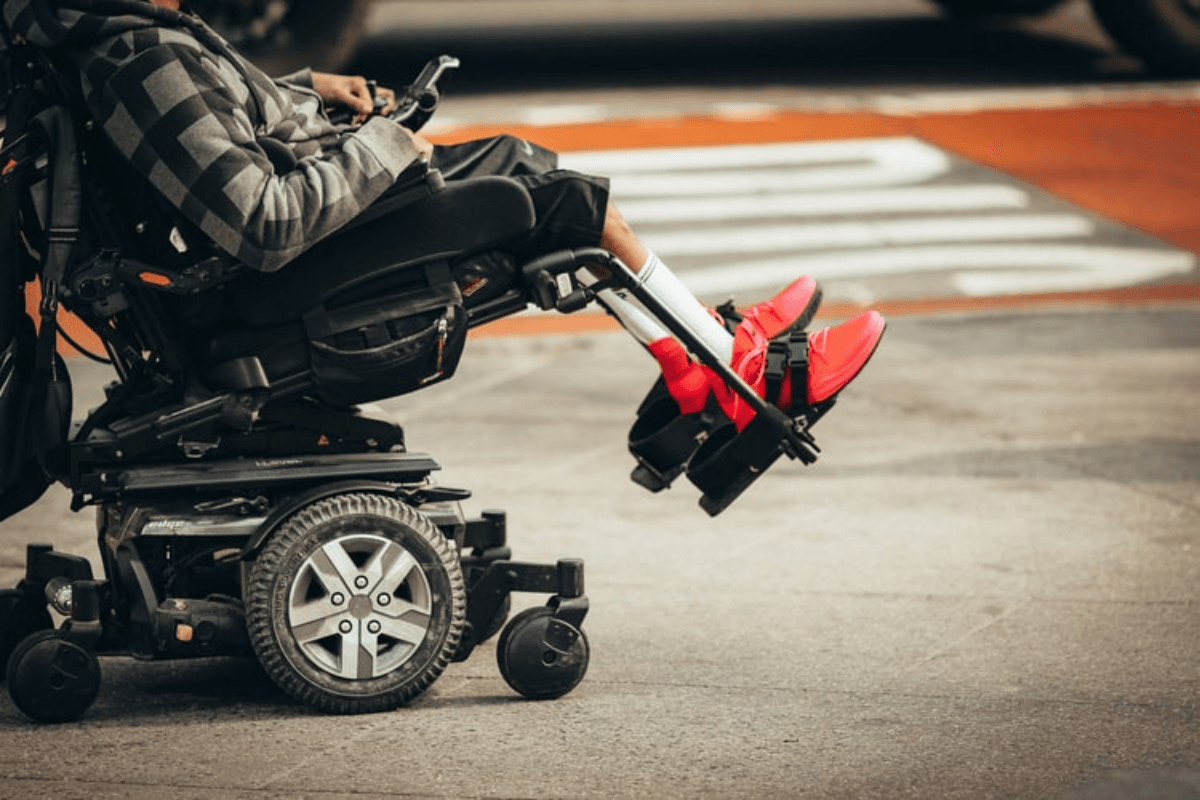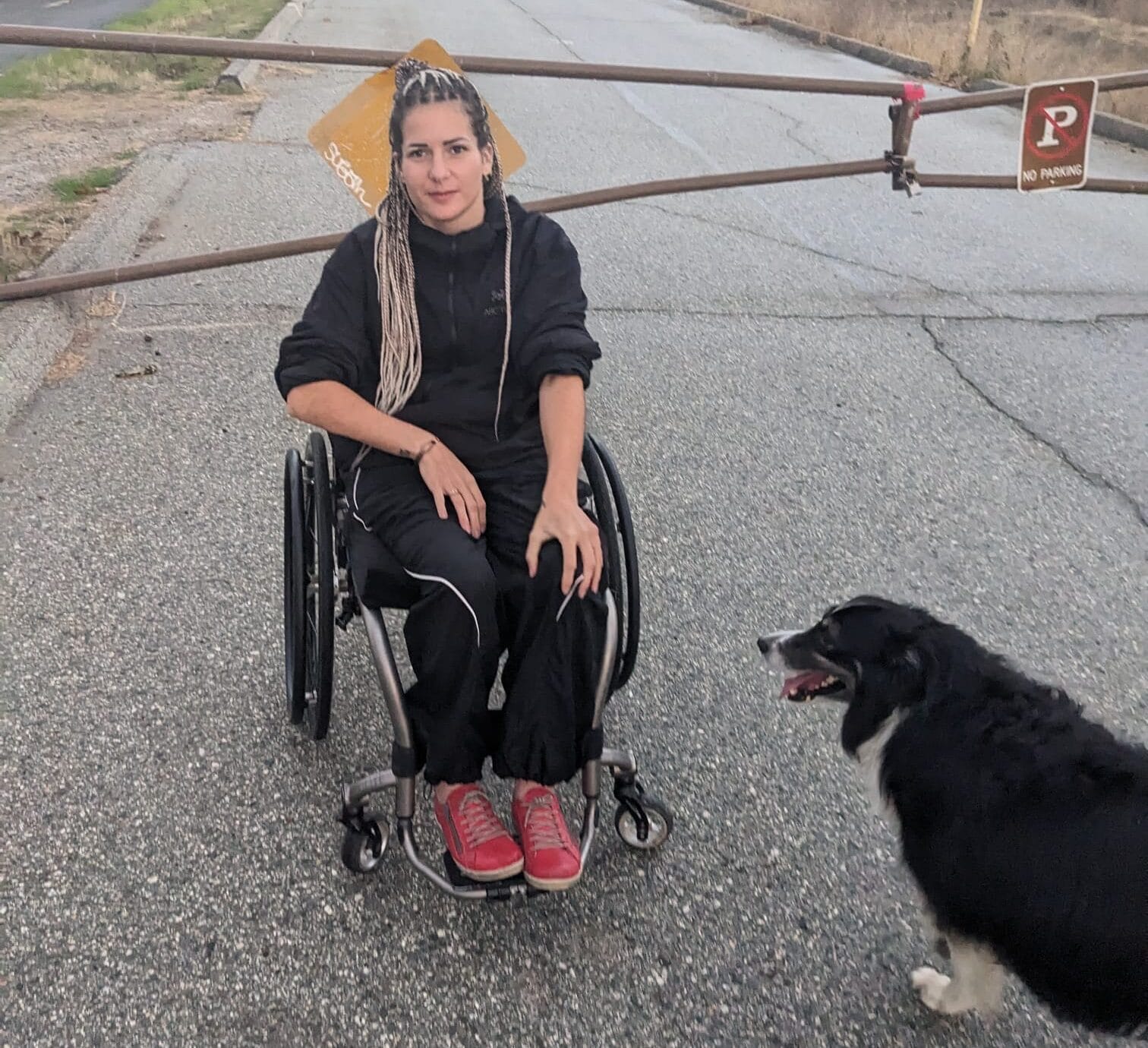The doctor is in! In our Spin Doctor series, we explore hot-button questions about SCI and disability from our peers throughout the province and share answers from healthcare professionals across disciplines.
Have a question of your own? Email thespin@sci-bc.ca to be featured!

Question:
“It seems that anemia is prevalent for people with chronic conditions such as SCI. I think it’s a big deal, but not much is shared about it. Can you help out here with an article or information? Our last coffee group had 12 participants, and six were talking about anemia; they all have it. They said that their toenails go around the base of their toes like talons. They thought it was just a SCI thing, and not a big deal.” –Vivian from Vancouver
Answer:
This article was put together from a review of research and other credible sources, and was reviewed by a clinician, but it is not individual medical advice. As always, don’t hesitate to seek medical attention if you have questions or concerns.
About anemia—what it is, what are the symptoms and how it’s diagnosed
Anemia is a condition where you do not have enough red blood cells or the red blood cells you do have are not working properly. Red blood cells contain a protein called hemoglobin that attaches to oxygen and delivers this essential element to all the cells of the body. Causes of anemia in the general population vary and can include blood loss, iron deficiency, vitamin B12 and folate deficiency, decreased production of red blood cells or red blood cell destruction. When there are fewer, or ineffective red blood cells circulating there will be signs and symptoms.
Consult your physician if you are experiencing any of these symptoms:
- Feeling fatigued faster than usual
- Feeling short of breath
- Increased heart rate
- Headache
- Dizziness
- Pale skin
- Insomnia
- Koilonychias—an upward curvature of the finger and toenails
Your family doctor can diagnose anemia through a physical examination, taking your medical history, and ordering blood tests. The blood tests assess the size, volume and amount of hemoglobin present in your red blood cells and possible causes of anemia so that the appropriate treatment can be put in place.
Why anemia is a problem for people with SCI
Anemia is a widespread problem in the general population. For people with an SCI, it’s an even greater issue, and is common in those who have newly sustained a spinal cord injury and is usually related to blood loss, infection or inflammation. The rate of anemia is generally much lower at around one-year post-injury. However, a recent study on the prevalence of anemia in 200 participants with chronic spinal cord injury found that 72% experienced anemia. This is commonly due to inflammation and infection caused by pressure ulcers and urinary tract infections. To make matters more complicated, having anemia can then impact how the body is able to protect against future infections. This can increase the likelihood of urinary tract infections, and slow the healing process in pressure ulcers and other infections.
Seek medical advice to identify and manage the underlying cause
If you have a spinal cord injury and experience any of the symptoms outlined above, you should seek medical attention to determine the underlying cause and receive your treatment plan. Treatment for anemia varies, and is based on identifying and managing the underlying cause. Early discovery and rapid treatment of anemia can help to reduce current symptoms and help prevent further complications.
For example, in those with iron-deficiency anemia, treatment may include iron supplements or a change in diet to include more iron rich foods such as dark leafy greens and meat along with foods high in vitamin c, which is needed to help the body absorb iron more effectively.
If you’re diagnosed with anemia and don’t have access to a physiatrist or another medical professional familiar with SCI, you’re not located in a major city, or you believe your family physician has little SCI-specific experience, share your concern that your underlying cause may be due to a SCI-specific chronic condition such as UTI or pressure ulcer, or request a referral with a physiatrist at GF Strong.
Contributor:
Ashley Thompson: Outpatient Nurse Clinician, GF Strong Rehabilitation Centre
Other Resources:
How to prevent and appropriately treat urinary tract infections (UTI) associated with spinal cord injury and catheter use. Download the The UTI Wallet Card here.
Pressure injuries are serious and common after SCI. Download The Pressure Injury Wallet Card here.
References:
Consortium for Spinal Cord Medicine (2014). Pressure Ulcer Prevention and Treatment Following Injury: A Clinical Practice Guideline for Health-Care Providers. Paralyzed Veterans of America, 2.
Frisbie, J. H. (2010). Anemia and hypoalbuminemia of chronic spinal cord injury: prevalence and prognostic significance. Spinal Cord, 48 (7), 566-569
Sekulic, A., Nikolic, A. K., Bukumiric, Z., Trajkovic, G., Corac, A., Jankovic, S., & Milicevic, S. (2015). Analysis of the factors influencing development of urinary tract infections in patients with spinal cord injuries. Vojnosanitetski pregled, 72(12), 1074-1079.
This article is adapted from an earlier Spin Doctor article featured in The Spin Spring 2019



